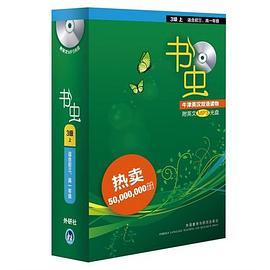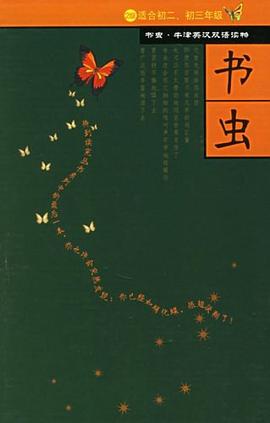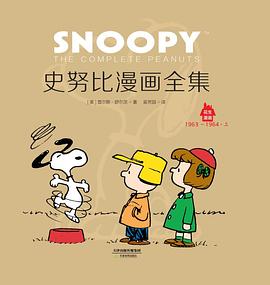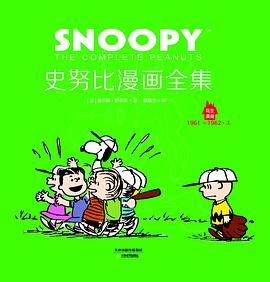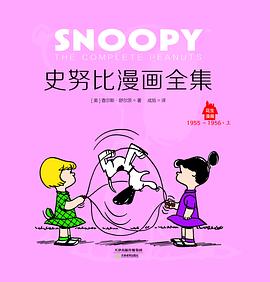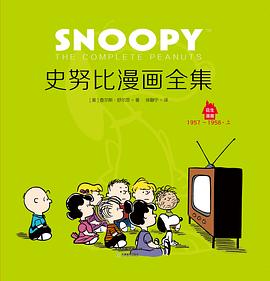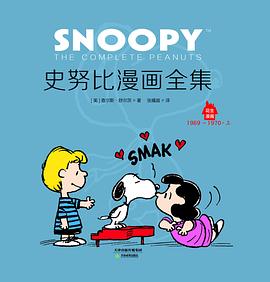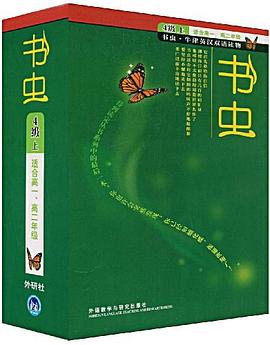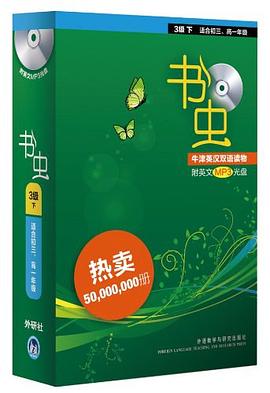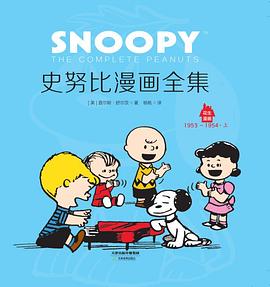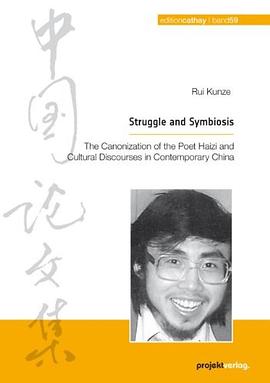

具體描述
著者簡介
圖書目錄
Introduction……...............................................................................................…11
Chapter 1
The Making of a Canonical Poet: Two Decades of the Canonization of
Haizi, 1989- 2010 …........................................................................................…34
1. Canonizing Haizi: a Brief Overview…......................................................……35
2. Haizi Criticism: a Literary Review………………..........................……….…… 42
2. 1 Haizi Who Never Dies (1999) : Constructing an Immortal Poet ….......……42
2.2 Haizi Criticism in the 2000s: Modernity, Epic, and Divinity …...….………… 59
2.3 Haizi Criticism in English ………………………………...............….…………63
3. Translation of Haizi's Poems …………………………………...................…… 66
4. Reconstructing the 1980s, Legitimatizing the Party ………...…………………66
5. Summary ……..............................................................................……………71
Chapter 2
Contextualizing Haizi : Modernism, World Literature, and the
Myth of Qu Yuan ……………..........................…………………………………… 73
1. Enchanting a Noun: the Contentions over Literary Modernism in the
1980s ………………………………………………...........……...................……75
1.1 Veteran Poet -Translators and "Modernism"…………...................….………76
1.2 1980-83: Legitimatizing Literary Modernism……....................……....………80
1.3 1984: Modernism and Humanism………………................................……… 83
1.4 Realism Reinterpreted ................................................................................ 86
2. The (Re)surfacing of World Literature .......................................................... 89
2.1 Zhou Zuoren: Literature of Man ……………...........................………………90
2.2 World Literature in the 1980s: Marching into the World? ........................... 92
3. "Root-searching" Literature: Seeking Chinese Literary Modernism...............98
3.1 Modernism in China: Authentic or Fake? .......... 99
3.2 " Root -searching": Chinese Modernism and Chinese Poethood…...………99
4. Qu Yuan: the Myth of a National Poet ......................................................... 103
5. Poetry and Poethood: a Brief Overview of Haizi's Poetics……...........….… 110
6 .Summary ………………................................………………………………… 120
Chapter 3
An Ambivalent Space of Alternative: The Minjian Discourse and
Haizi's ''Folklore Themes'' …….................……………………………………… 122
1. Who, Where, and What Is "Minjian"?...........................................................126
1.1From "Min"to "Min Jian " …………………….......…………............…………126
1.2 Interpreting "Minjian:" the May-Fourth Era, the Yan'an Period,
and the '19805 ......................................................................................... 129
1.3 The Literary Theory of "Minjian" in the Perspective of
"Civil Society" Translation : the 1990s and the 2000s………......………… 135
2. Folklore Themes: Haizi's Minjian Way to Poetic Renaissance ….......…… 145
2.1 "Folklore Themes:" Constructing a Historical-Cultural
Space of Minjian ......................................................................................147
2.2 The Symbolic System of "Earth:" Projecting Anxieties on Minjian ............153
2.3 But Water, Water:"Minjian" lnstrumentalized ……………….………………165
3. Summary ................................................................................................... 174
Chapter 4
Defining the Heroic: ''Modern Epic'' and Haizi's The Sun ...............................176
1. "Epic" in China: the Republican and Communist Time………………………181
1.1 Translating "Epic:" the Narrative and the Historical…………..…………… 182
1.2 " Epic" in 1937-45: the Narrative, the Lyrical, and Zeitgeist……………… 183
1.3 Time Starts: Communist Political Lyric and Its "Pathos Formulae"……… 187
2. "Modern Epic:" Theory and Practice………………………….............………191
2.1 Calling For Epic: Discussions of "Epic" in Official Literary Journals………192
2. 2 "Modern Epic:" the Concept………………………………………………..…195
2.3 "Modern Epic:" Tradition and the Historical Sense………………….......… 197
2.4 "Modern Epic:" Holism, Modernity, and Mankind………………….......……200
3. The Sun: the Broken Texts, the Broken Heroics …………………............… 204
3.1 Decapitation: the Spectacle of the Heroic …………………….............…… 207
3.2 Earth: the Heroic and the Utopia of Absolutism……………….....………… 215
3.3 Regicide: the Ambiguity of the Heroic …………………………........……… 222
4.Summary……………………………………………………………......…………229
Chapter 5
Rhetorizing the Divine:
The Literary Discourse of Divinity, the Mao Style, and Haizi…….............…… 231
1. The Problematics: the Rhetoric of the Divine and the Mao Style…...………243
2. 1 Li Zehou's Marxist Aesthetics of the Sublime………………............………244
2.2 Mao Zedong's Poetry as the Sublime…………………………..........………247
2.3 The Mao Style in the Unofficial Poetry Journals of the 1980s……..………249
3. The Literary Discourse of Divinity………………………………………………251
3.1 The Discourse of Divinity in the Unofficial Poetry Journals
of the 1980s………………………………………………………….......………252
3.2 Deliverance and Dallying: Divinity, Christianity, and
the Death of the Poet…………………………………………….…........……256
4. Haizi: the Poet of Divinity?!..........................................................................261
4.1 1984-85………................................................................................………262
4.2 1986-88……………………………………………….............................…… 265
4.2.1 The Self-Image of the Poet: Jesus, King, and Emperor……........………266
4.2.2 One Man's War: the Motif of Suffering………………………..……………272
4.2.3 Martyrdom: Sublimating Death…………………………….....…………… 280
4.2.4 "The Ancestral Land, or Dream Rider:" the Politics of Poetry
Recitation.............................................................................................…287
4.3 1988-89…………………………………………............................…………290
5. Reflective Voices on the Discourse of Divinity…………...............………… 291
6. Summary……………………............................................……………………294
Conclusion…………………………………………………................……………295
Epilogue ………………………………………………….................…………… 298
Bibliography ……………………………………………….............…………… 302
Glossary I: Chinese Characters………………………….........………………… 317
Glossary II: Literary Journals……………………………………………...………328
Appendix: English Translation of Selected Essays of Haizi …….........…… 330
· · · · · · (收起)
讀後感
評分
評分
評分
評分
用戶評價
拖拖拉拉,總算是過瞭一遍。怎麼說吧,簡化瞭一些問題,同時也復雜化瞭一些問題,簡化的部分以作者自己的略為主觀性的觀點,可能確實說清楚瞭那些問題,國內現在的很多研究比起來反而被大量的材料(有時是無用的)所纍;復雜化的部分,將很多東西(包括意象)過度政治化解讀,雖然最後仍能自圓其說,但邏輯顯然十分牽強。文化-政治環境確實給海子的經典化提供瞭必不可少的背景,但這個背景究竟在何種層麵和程度上促進或導緻瞭海子的經典化,顯然不能簡單通過背景與海子詩歌/詩學文本的簡單對應和指認來完成考察。
评分拖拖拉拉,總算是過瞭一遍。怎麼說吧,簡化瞭一些問題,同時也復雜化瞭一些問題,簡化的部分以作者自己的略為主觀性的觀點,可能確實說清楚瞭那些問題,國內現在的很多研究比起來反而被大量的材料(有時是無用的)所纍;復雜化的部分,將很多東西(包括意象)過度政治化解讀,雖然最後仍能自圓其說,但邏輯顯然十分牽強。文化-政治環境確實給海子的經典化提供瞭必不可少的背景,但這個背景究竟在何種層麵和程度上促進或導緻瞭海子的經典化,顯然不能簡單通過背景與海子詩歌/詩學文本的簡單對應和指認來完成考察。
评分拖拖拉拉,總算是過瞭一遍。怎麼說吧,簡化瞭一些問題,同時也復雜化瞭一些問題,簡化的部分以作者自己的略為主觀性的觀點,可能確實說清楚瞭那些問題,國內現在的很多研究比起來反而被大量的材料(有時是無用的)所纍;復雜化的部分,將很多東西(包括意象)過度政治化解讀,雖然最後仍能自圓其說,但邏輯顯然十分牽強。文化-政治環境確實給海子的經典化提供瞭必不可少的背景,但這個背景究竟在何種層麵和程度上促進或導緻瞭海子的經典化,顯然不能簡單通過背景與海子詩歌/詩學文本的簡單對應和指認來完成考察。
评分拖拖拉拉,總算是過瞭一遍。怎麼說吧,簡化瞭一些問題,同時也復雜化瞭一些問題,簡化的部分以作者自己的略為主觀性的觀點,可能確實說清楚瞭那些問題,國內現在的很多研究比起來反而被大量的材料(有時是無用的)所纍;復雜化的部分,將很多東西(包括意象)過度政治化解讀,雖然最後仍能自圓其說,但邏輯顯然十分牽強。文化-政治環境確實給海子的經典化提供瞭必不可少的背景,但這個背景究竟在何種層麵和程度上促進或導緻瞭海子的經典化,顯然不能簡單通過背景與海子詩歌/詩學文本的簡單對應和指認來完成考察。
评分拖拖拉拉,總算是過瞭一遍。怎麼說吧,簡化瞭一些問題,同時也復雜化瞭一些問題,簡化的部分以作者自己的略為主觀性的觀點,可能確實說清楚瞭那些問題,國內現在的很多研究比起來反而被大量的材料(有時是無用的)所纍;復雜化的部分,將很多東西(包括意象)過度政治化解讀,雖然最後仍能自圓其說,但邏輯顯然十分牽強。文化-政治環境確實給海子的經典化提供瞭必不可少的背景,但這個背景究竟在何種層麵和程度上促進或導緻瞭海子的經典化,顯然不能簡單通過背景與海子詩歌/詩學文本的簡單對應和指認來完成考察。
相關圖書
本站所有內容均為互聯網搜索引擎提供的公開搜索信息,本站不存儲任何數據與內容,任何內容與數據均與本站無關,如有需要請聯繫相關搜索引擎包括但不限於百度,google,bing,sogou 等
© 2025 book.quotespace.org All Rights Reserved. 小美書屋 版权所有





